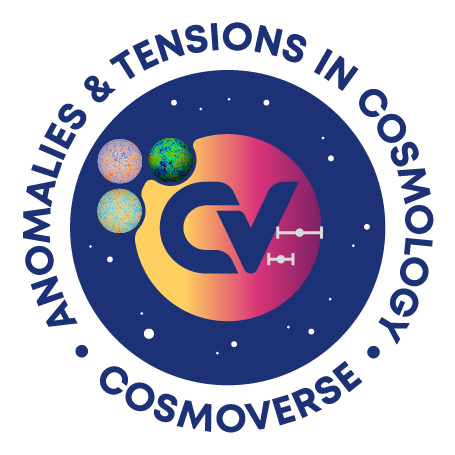What is your name, affiliation, academic position, and job title?
My name is Lindita Hamolli, and I am affiliated to the Department of Physics, Faculty of Natural Science, University of Tirana, Albania as an Associate Professor.
What is your field of research and/or what project are you involved in?
I am working with strong lensing, it is fascinating phenomenon in which the gravitational field of a massive object, such as a galaxy or galaxy cluster, bends and amplifies the light from a distant source. This creates multiple distorted images of the source, which are typically arranged in a characteristic pattern around the lensing object. This effect is a prediction of Einstein’s theory of general relativity, and it provides a unique opportunity to study the distribution of dark matter in the universe and the properties of the source object. Also, the measurement of the time delay between lensed images has been used to constrain the value of the Hubble constant, which defines the expansion rate of the universe. This is an exciting development in the study of strong lensing, and it highlights the potential of this phenomenon for improving our understanding of the universe. Recently, I am involved in CosmoVerse project.
What are your research plans?
I will continue to work with strong lensing including deeper to the data analysis using powerful algorithms and sophisticated models for lens and source.
How does CosmoVerse fit within those plans?
In our department, there is a small group of researchers who work in strong lensing. We believe that collaboration with other specialized groups within the broader scientific community is essential for making progress in this field. This is one of the reasons why we are part of the CosmoVerse consortium, which brings together researchers from a variety of disciplines to work on some questions in cosmology. Also, a talented young student has expressed interest in pursuing a PhD in the field of strong lensing. We believe that this is an exciting opportunity to support and encourage the next generation of researchers in this field. This aligns with one of the objectives of CosmoVerse, which is to foster collaboration and support the development of the next generation of scientists.
What are the most exciting open questions in your research area?
Finding lens patterns is one of the most exciting open in the process of measuring time delays in lensed quasars. This requires careful analysis of the quasar images and the development of sophisticated algorithms and models to identify the lensing patterns. Once the lensing patterns have been identified, they can be used to measure the time delays and constrain the value of the Hubble constant.
What advances or new results are you excited about or looking forward to?
I am working to define the probability that a quasars to be lensed by more than one foreground galaxies, considering the mass-luminosity distribution function of galaxies and the redshift distribution of both galaxies and quasars taken by observation.
What is your view on cosmic tensions? How does your work connect with this open question in the community?
The strong lensing of quasars is a powerful tool independent by the model, for constraining the value of the Hubble constant and improving our understanding of the universe. By using current space telescopes to observe a large number of lensed quasars and measuring the time delays between the lensed images, we can make significant progress in our understanding of the universe and its expansion.
What role do you think a community network like CosmoVerse can play in developing theoretical astroparticle physics and cosmology?
I believe that CosmoVerse has the potential to make a significant impact on the scientific community in developing countries. By providing a platform for collaboration and learning, it can help researchers and students in these countries to connect with others and advance their research and knowledge.

